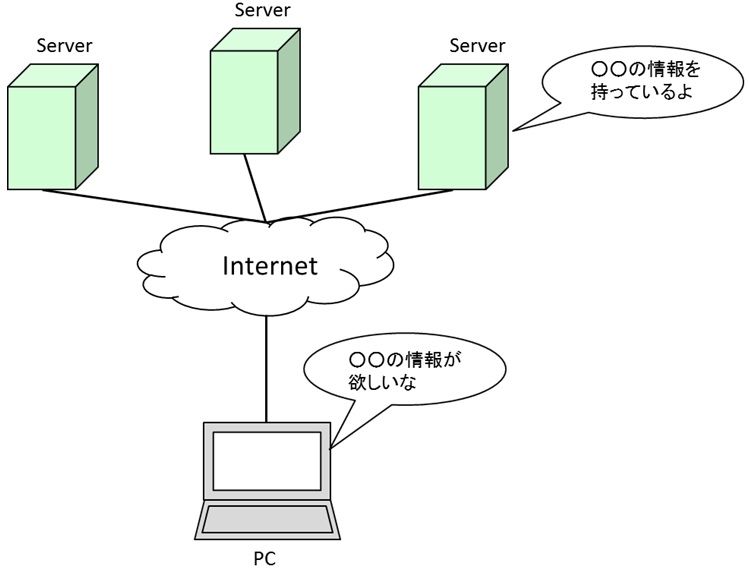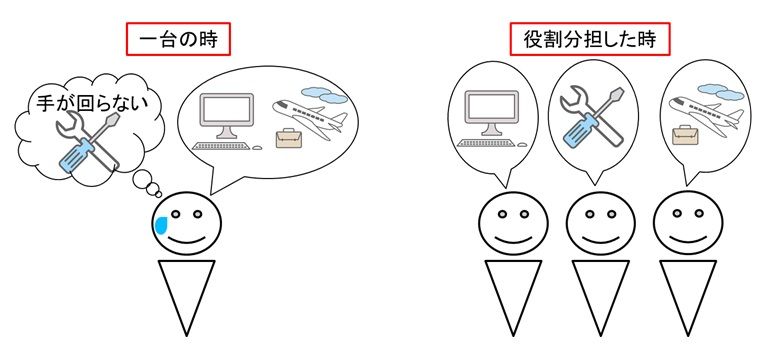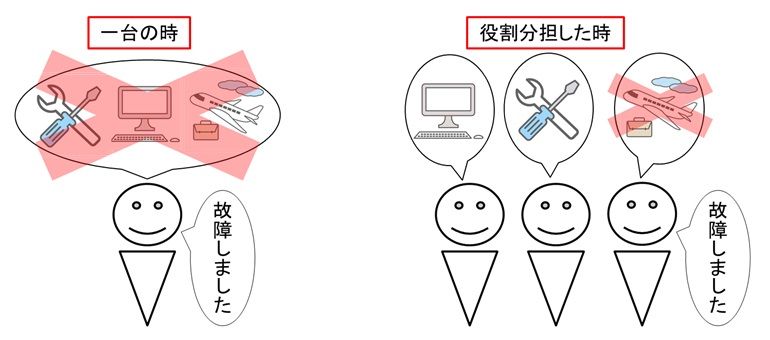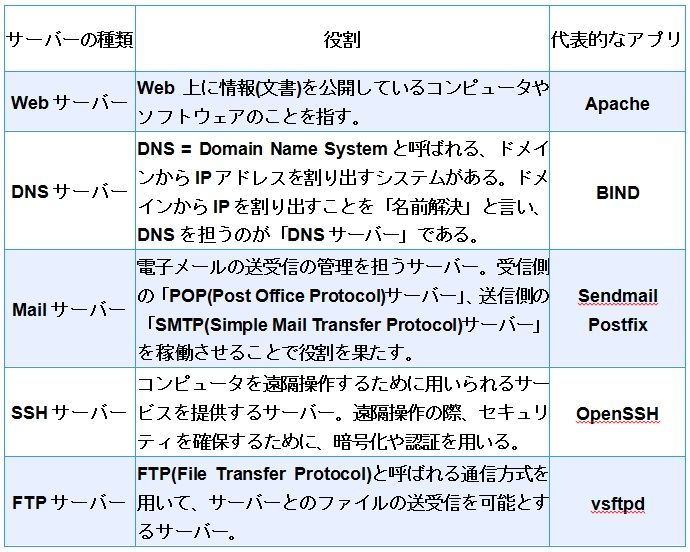Introduction
nice to meet you! I'm Ushii, a newcomer who will be in charge of the newcomer's blog.
I look forward to working with you in the future.
At Altima, most technical jobs are FAEs (Field Application Engineers), but I was assigned to an SE (System Engineer)!
With that said, in the future, I will post articles that take advantage of my position as the only "SE" in the same period.
Also, I will be in charge of "Mellanox", a system and network product manufacturer, so I will also post articles about verification using their products.
Let's move on to the main topic. As I mentioned earlier, I became an SE.
In the training, I learn the knowledge and skills necessary for work every day.
As part of the training, the first task given was ``Create and operate your own server! "was.
When I heard that, my honest impression was "(What is a server?)".
So this time I'm going to talk about the ′′ server ′′ that I'm learning through training.
what is a server?
Do you know what the server is like?
Considering the origin of the word, you can imagine that it has a role of "providing" something, that is, "server"!
That's right.
Simply put, a server is a computer network, such as the Internet.
A computer that provides a service (such as information). (Figure 1)

In general, servers are dedicated to each role. This is to ensure that server performance is not compromised.
It is no exaggeration to say that the performance of a server depends on the processing power of the installed CPU.
CPU processing power is also limited, and if you try to do multiple jobs at the same time, it is possible that one of those jobs will be neglected. (Figure 2)

Another aspect is that multiple roles are not combined into a single server in order to maintain redundancy.
For example, if one server has 3 roles, when the server fails, all 3 roles are lost at the same time. (Fig.3)

Here, I would like to list the types of typical servers around us. (table 1)

* IP address
As shown in Table 1, the installed "apps" differ depending on the role.
These servers are used in the right places, and today's computer networks are made possible.
It was a rough explanation, but did you get a rough idea of what a server looks like?
I would appreciate it if you could.
Next time, I would like to introduce the parts that make up a server, including my own experiences in actually building a server.
at the end
Last but not least, regarding the product I am in charge of, Mellanox,
"Mellanox I felt I would like to introduce from the viewpoint of.
◆ “Mellanox that I felt”
Whether you're familiar with Mellanox or not, there's something you need to remember first.
Mellanox products are 'wide', 'fast' and 'cheap'!
In other words, Mellanox is putting out to the world interconnect product, i.e. Ethernet products and InfiniBand Products sell "wide bandwidth / low latency (low delay)", which corresponds to "wide" and "fast".
Also, "cheap" means that the product is inexpensive.
One of the reasons Mellanox has been able to achieve these goals is that Mellanox develops every aspect of its products in-house.
The IC chips installed in switch products have a great influence on the performance, but by developing those chips in-house, we can reliably meet the product specifications, achieve high performance, and achieve low prices. I'm here.
For these reasons, Mellanox interconnect of the product "True" Professional” I felt!
(* I don't know the details, but I think that competitors are also professionals.)
Since this was my personal introduction, I'll also include a brief overview below for those who want a more general overview.
Profile of Mellanox
◇本社:ヨークナム (イスラエル)、サニーベル (アメリカ)
◇広帯域、低レイテンシーインターコネクトのリーディングカンパニー
・EDR 100 Gbps InfiniBand、/ 100 ギガビット Ethernet
・アプリケーションのデータ処理時間を大幅に削減
・データセンタサービス基盤の ROI を劇的に向上


